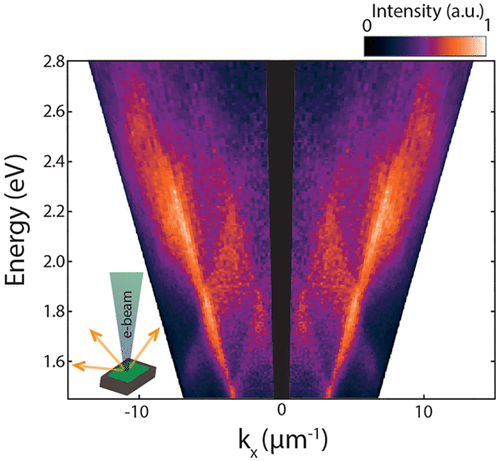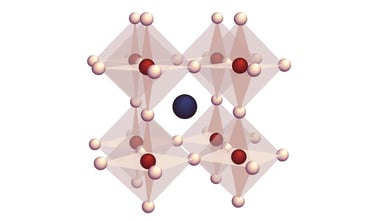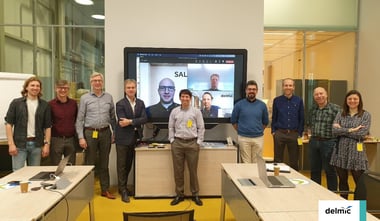A new paper on Energy−Momentum Cathodoluminescence Spectroscopy of Dielectric Nanostructures was published in the renowned journal ACS Photonics. It focuses on mapping the local density of optical states (LDOS), which is fundamental to understanding nanophotonic systems and devices. Complete LDOS mapping, in energy, momentum, and real space, can be performed using cathodoluminescence spectroscopy.
Cathodoluminescence (CL) spectroscopy is commonly used in material science and geology, but lately it has been used as a versatile tool to study nanophotonics. This paper demonstrates how the SPARC CL system allows to probe, for the first time in a single measurement, the energy−momentum dispersion of CL emission.
The CL studies on representative bulk and structured materials (a titanium nitride diffraction grating, bulk molybdenum disulfide, and silicon) were performed by a research team at Imperial College London headed by Riccardo Sapienza in collaboration with our application specialist Toon Coenen. The results of the research serve as an important step towards LDOS subwavelength characterization, which is extremely important for the design and optimization of nanoscale photonic devices.
If you are interested to learn more about the possibilities of cathodoluminescence in nanophotonics, we invite you to read the application notes on photonic crystals and plasmonic nanoantennas.
.png)






